
Red chilli pepper plant, very hot! Stock Photo Colourbox
A small, intensely hot pepper, Bonnie Plants® Chili Red Hot Pepper packs a punch with a 35,000 to 40,000 Scoville Heat Units measurement. The fruits of the chili red hot pepper plant change from green to red as they ripen, leading to colorful clusters that look as good as they taste. These live plants can be planted at a container depth with.
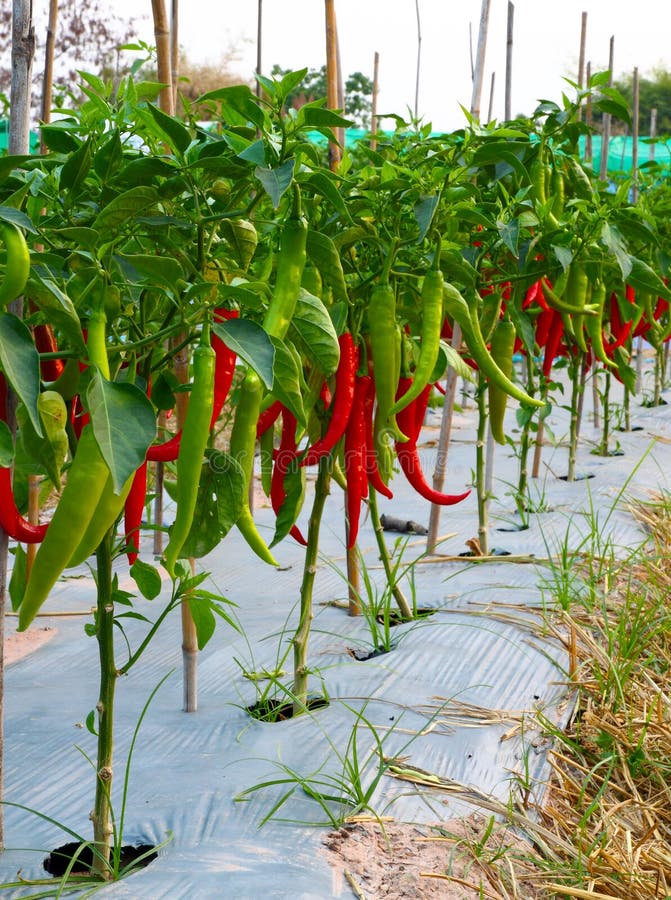
Red chilli pepper plant stock image. Image of bush, leaf 23161749
Plant begins slowly but reaches in excess of 4 ft. in ideal locations with long growing season. The thin-walled, wrinkled, pointed plants reach 2 in. L to 3 in. L, ripening mostly to red. Fruit is excellent for college dares and for adding incredible heat to dishes. Tall plant benefits from staking. Maturity: 100-120-days from planting.
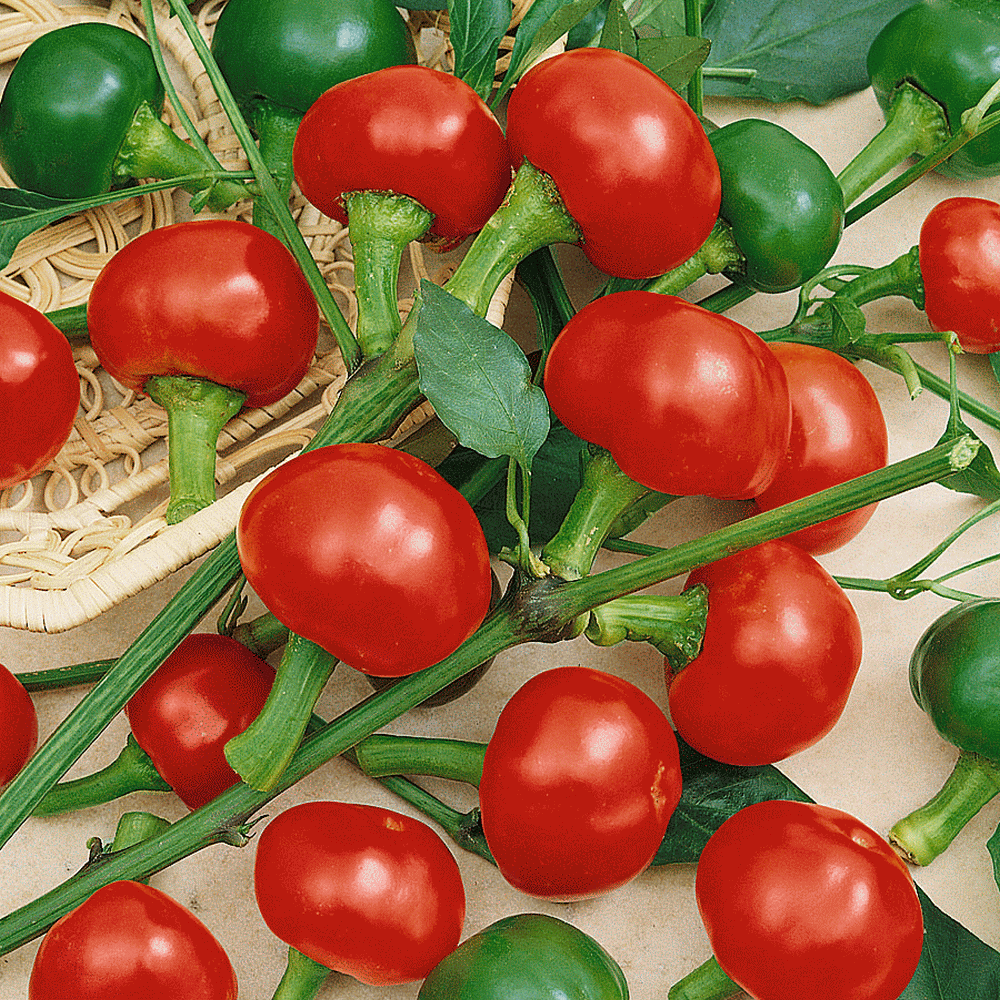
Hot Pepper Seeds 'Red Cherry Hots'
In fact two hot peppers harvested from a single plant may have different degrees of heat. Most varieties will change from green to either red, yellow or orange when fully mature.. Smoke red jalapenos are the pepper used to make the popular chipotle pepper. While some chili peppers are merely hot, most also have distinct flavors, from fruity.

woman holding a bell pepper plant
Bury seed about 1/4″ deep with the root pointing down. Cover seed with soil and press down slightly. Pressing down will reduce "helmet heads". Finally, water the seeds and keep adequate ventilation. The seed soaking step with the Seed Germination Accelerator is not to be skipped over. It is a requirement.

PlantFiles Pictures Habanero Pepper 'Caribbean Red' (Capsicum chinense
Wet the paper towels with room temperature water. Place the seed on 1 paper towel and lay the other towel on top of that. Grab a zipper bag and slide the wet towels with the seed into it. Store the bag inside at a temperature around 70 to 80 °F (21 to 27 °C), and the seeds should sprout in about 1 week's time.
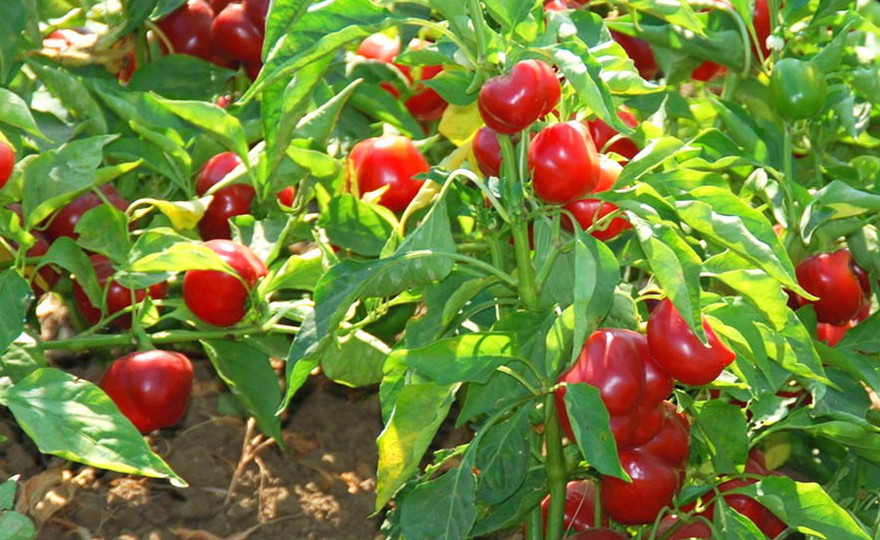
Shop Hot Pepper, Red Cherry Hot and other Seeds at Harvesting History
Young C. pubescens plant folaige - notice the small "hairs". If your plant has dark foliage, that can be another indicator of the species. C. annuum and C. chinense plants are known to have dark foliage varieties. C. pubescens and C. baccatum leaves are always green. C. pubescens may have purpling along veins.
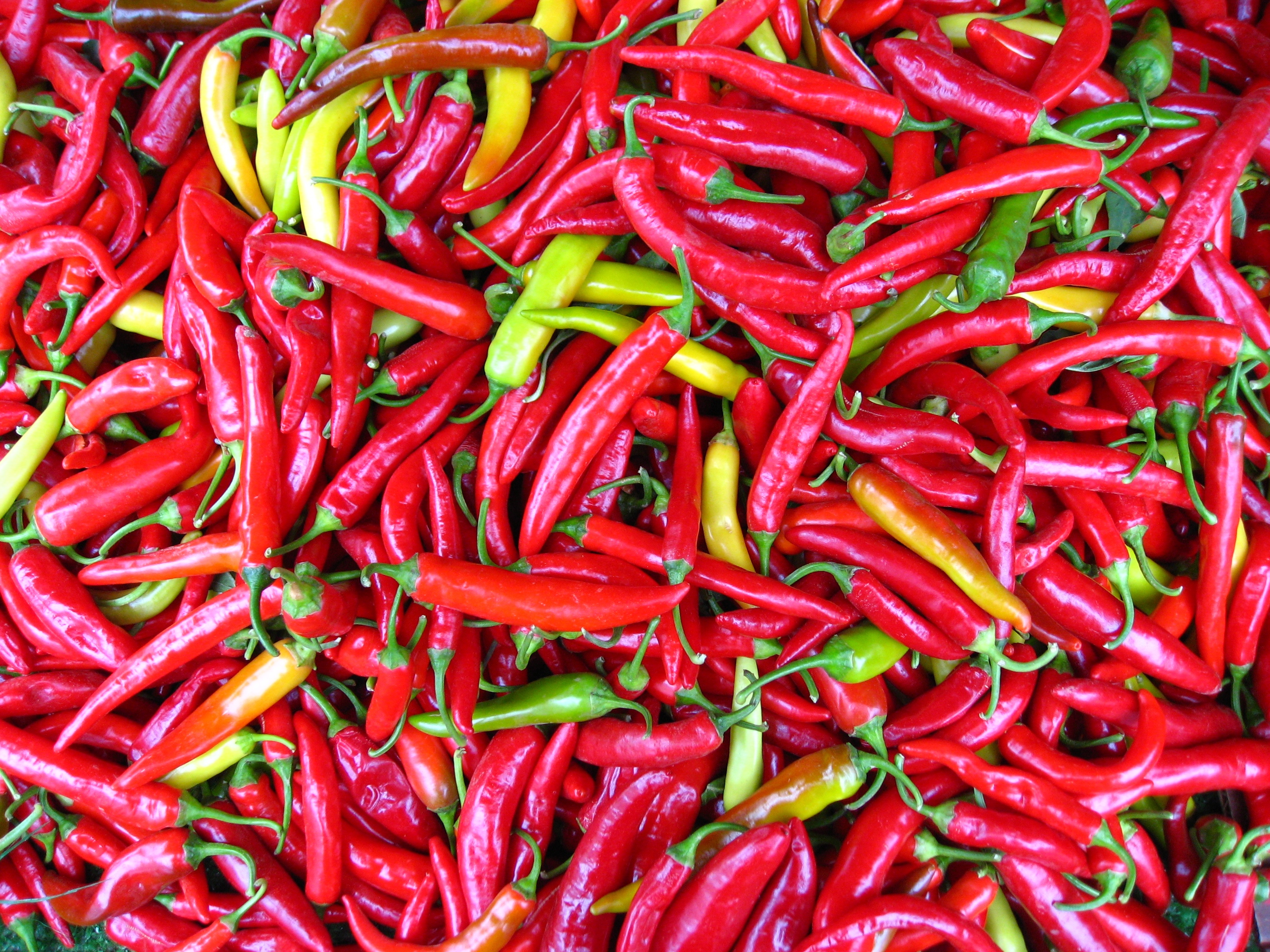
Small Red Hot Pepper Asia Seeds
Then, allow the plant to go unwatered for at least 1-2 weeks to allow the roots to grow deep. If water is running away from your plants, create a small, circular trench around the stem to keep the water at the base of the plants. Provide afternoon shade. Even here in New England, the mid-summer heat can be intense.

What Are Black Spots On Pepper Plants
The Caribbean Red habanero pepper, also known as Capsicum chinense, is a very hot pepper plant according to the Habanero Scoville rating — it has almost 475,000 SHU (Scoville heat units). Therefore, this is not a common hot pepper that you can find in local supermarkets. If you are a true spice junkie, I would suggest you buy heirloom.

Thai chili peppers Stuffed peppers, Hot peppers plants, Pepper plants
Growing red bell peppers in soil that has warmed to about 65 to 75 degrees F. (18-24 C.) is optimal. In the spring, try using clear plastic to heat the soil before you plant your red pepper plant outside. Once the soil reaches the optimal temperature, add mulch to keep the temperature of the soil from heating up too much in hot weather.
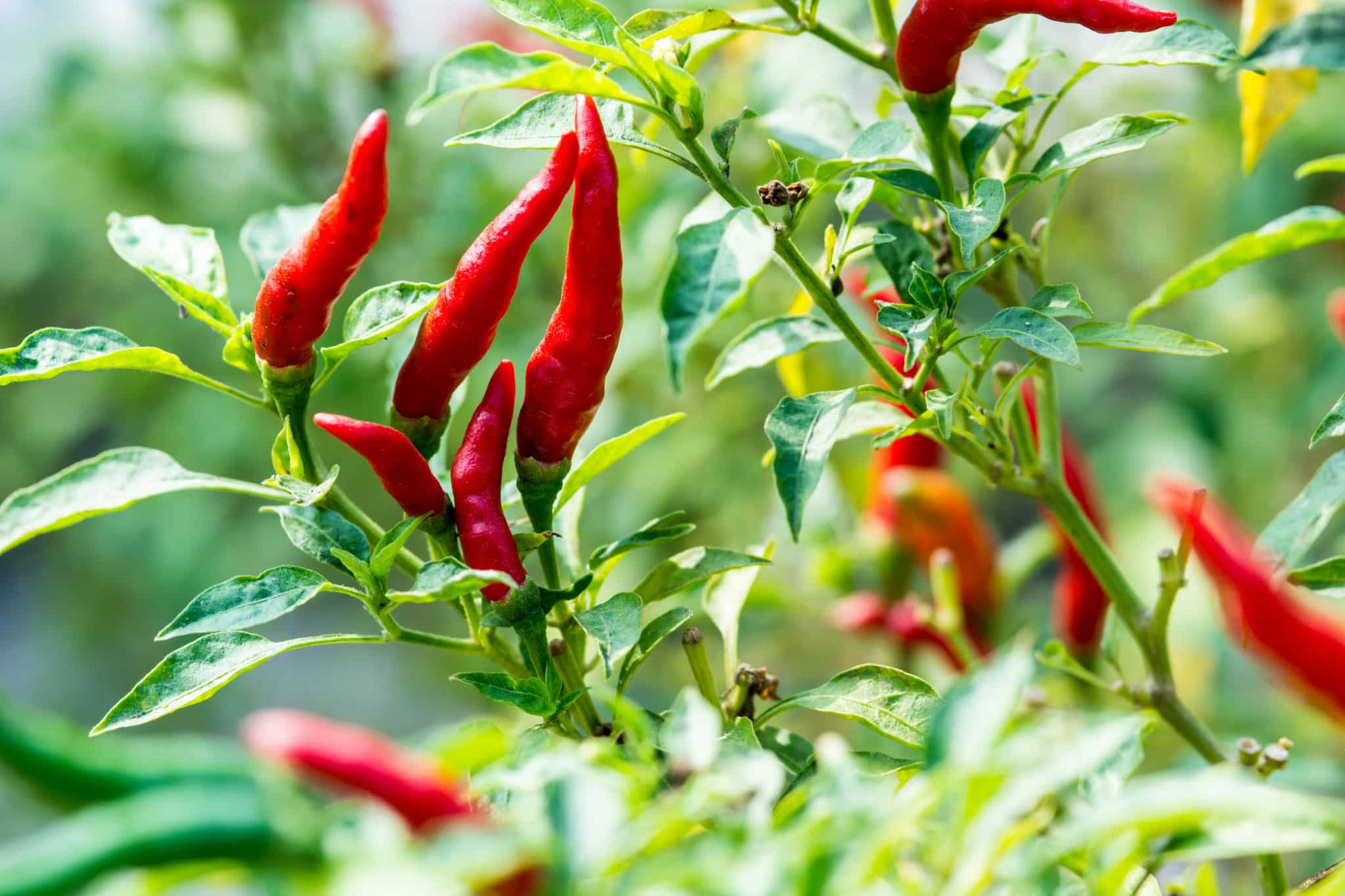
Get growing Mr. Fothergill's Pepper Hot Red David Domoney
To start seeds indoors, plant them 1/4-inch deep in seed starting soil. Keep the pots in the warmest location possible, around 75° F, or use a heat mat like this to help. Keep the soil moist until the seeds germinate, which could take 14 days or more.
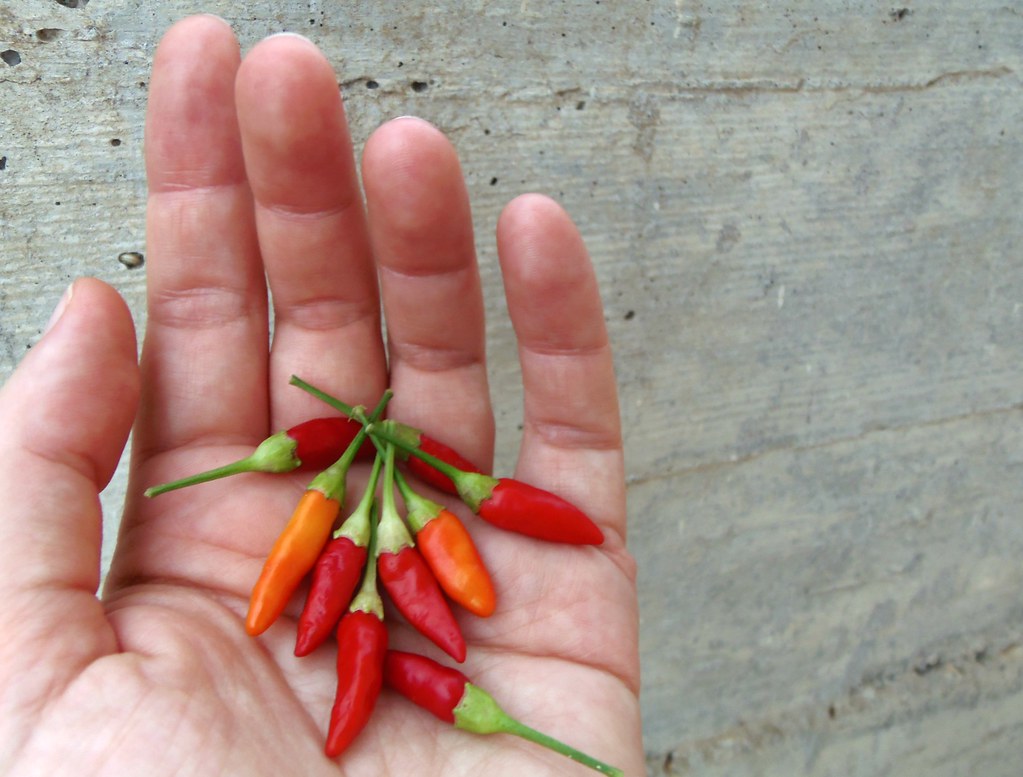
Tiny hot peppers S. grew a hot pepper plant in our garden … Flickr
The entire flower of the red hot poker is filled with seeds. Cut the flower heads as they begin to fade and let them dry thoroughly for at least 24 hours. Break open the florets and let the seeds drop into a container. Place the seeds in the refrigerator for one month. Sow the seeds indoors about six to eight weeks before you intend to plant.
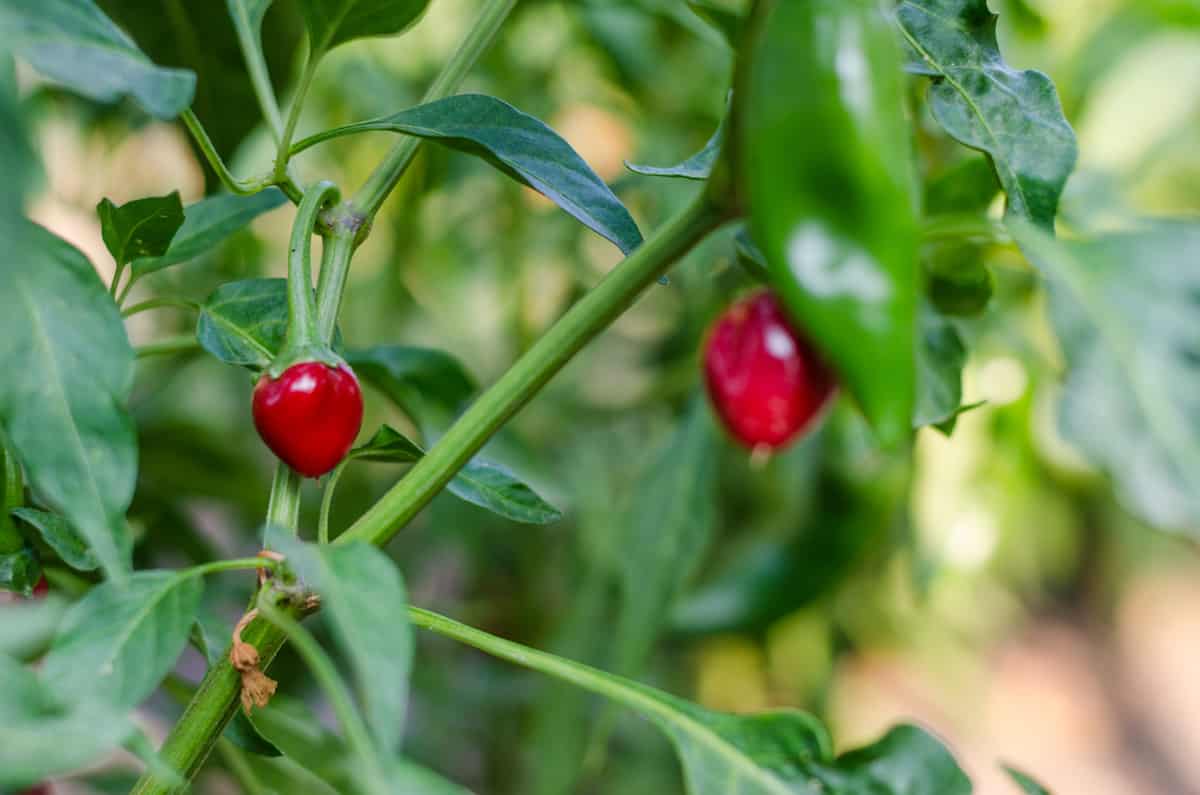
Chiltepin Pepper Guide Heat, Flavor, Uses
3. Black Pearl. Black pearl pepper plant. Named for its small, berry-shaped, black fruits, the black pearl variety is an ornamental beauty. The dark peppers ripen to a rich red, adding amazing contrast against the jet-black foliage. 4. Joe's Long Cayenne. Joe's long cayenne pepper.
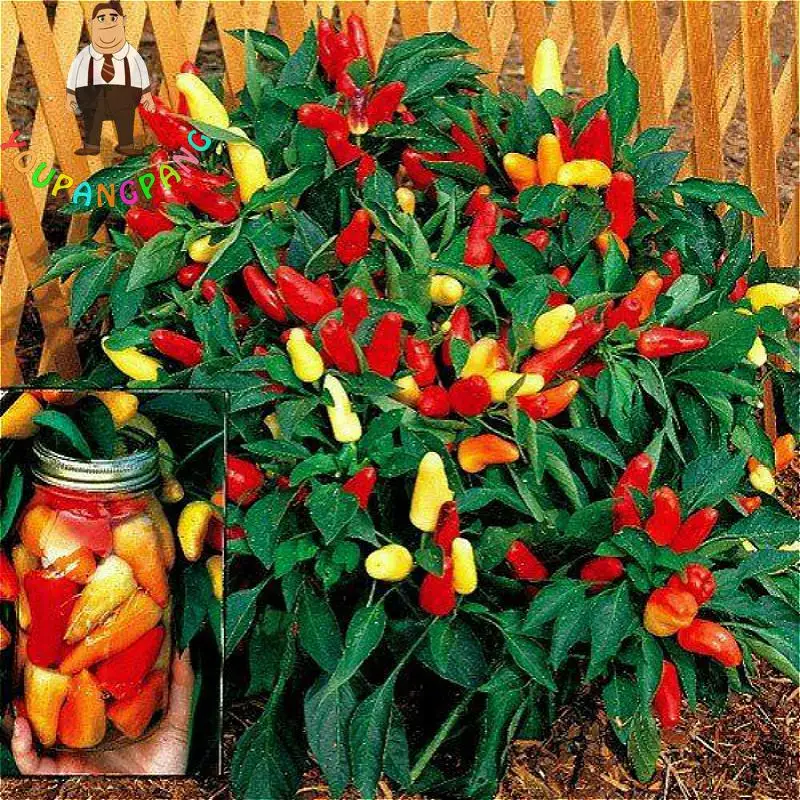
New Arrival 200 plants Mini Spices Spicy Red Chili Hot Pepper plants
Onions. The Spruce / K. Dave. Another common companion for peppers in the kitchen works well in the garden. Onions protect peppers against slugs, aphids, mites, and cabbage worms. You can choose to plant tender green onions or white, yellow, or red varieties. 07 of 07.

Chili Red Hot Pepper Bright Color, Hot
Plant size: 18 to 24 inches tall. Scoville heat units: 30,000 to 50,000 (hot). This very hot pepper is the prime ingredient in Cayenne pepper, which is made when the dried peppers are ground into powder. This is also the favored spice of Creole and Cajun cuisine used to give gumbo and crayfish dishes their punch.

Red Hot Chili Pepper Plant Pods Click & Grow
Optionally, add a teaspoon of harissa. Toss in two teaspoons each of garlic powder and cayenne pepper, plus four tablespoons of chili powder. Add 24 ounces of water and bring to a boil. Immediately turn the heat down to a simmer, cover, and let it meld and reduce a little for an hour or so, stirring occasionally.
For the Love of Food Hot Peppers Growing A Hot Pepper Plant In Your
Scotch Bonnet Pepper. Bob Stefko. Scotch Bonnet is a super-hot pepper with origins in Jamaica and puts the bite in Jamaican classics like jerk sauces, curried goat and chicken, and escovitch fish. Scotch Bonnet pepper's name comes from its shape, which resembles a Scottish tam.